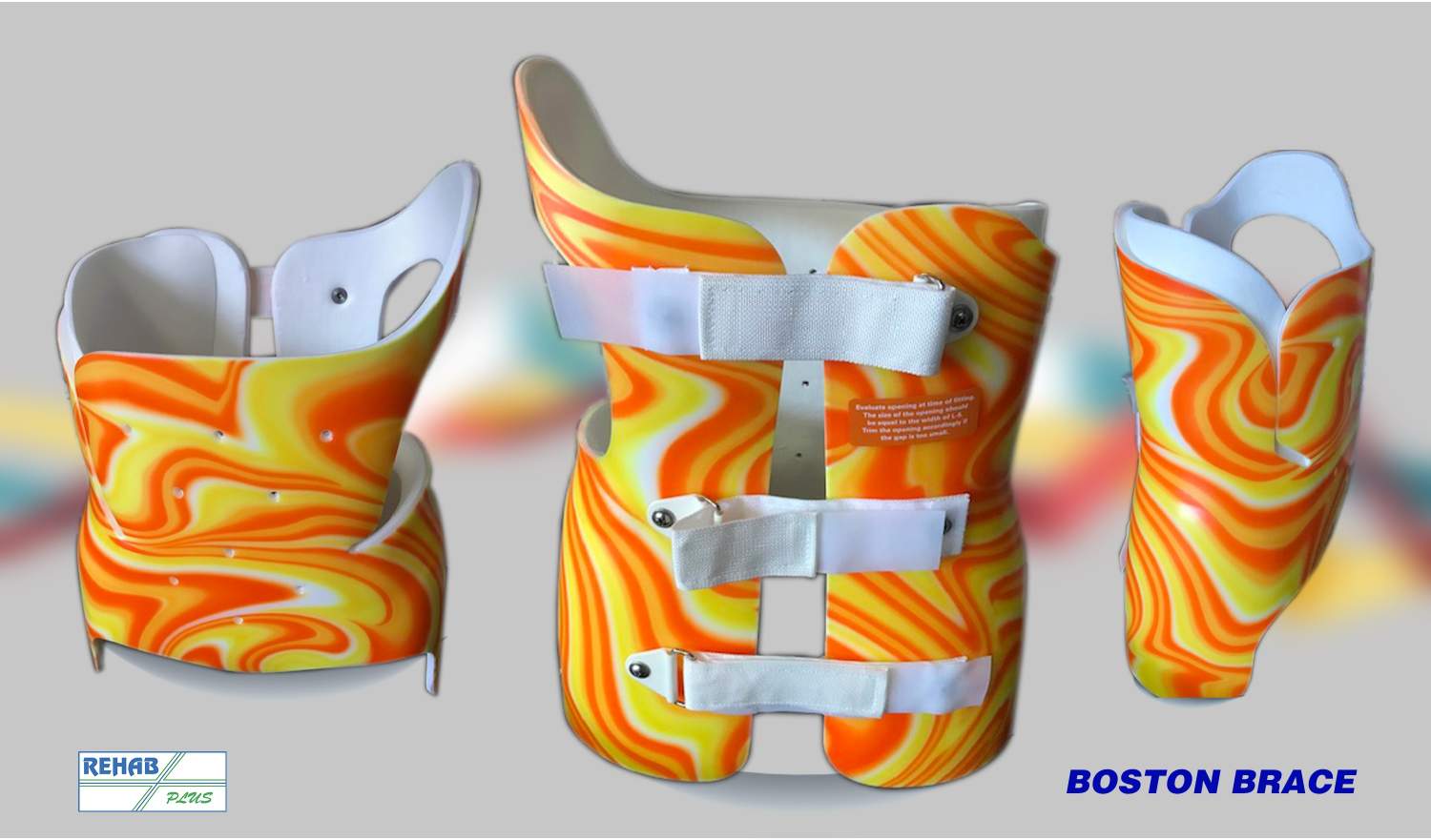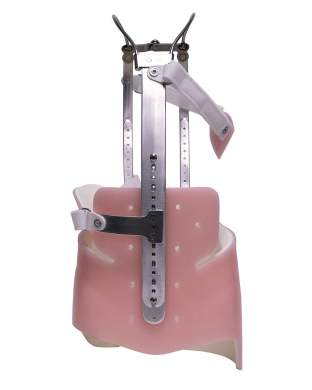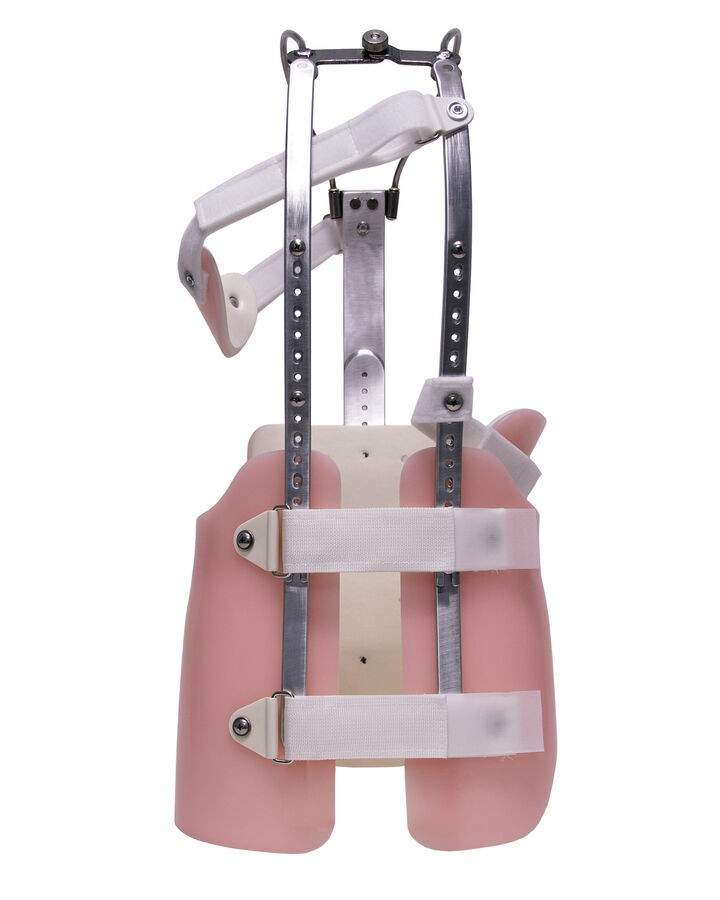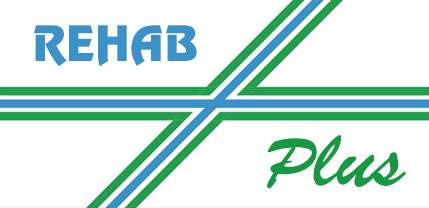Scoliosis Bracing & Exercises: Comprehensive Guide to Treatment and Management
Understanding Scoliosis
Scoliosis is a medical condition characterized by an abnormal lateral curvature of the spine. This curvature can range from mild to severe and can affect individuals of all ages. Scoliosis often develops during the growth spurt just before puberty, but it can also result from conditions like cerebral palsy, muscular dystrophy, and congenital spine deformities. Early detection and effective management are crucial to prevent the progression of scoliosis and to maintain a high quality of life.
Scoliosis Bracing: An Effective Non-Surgical Approach
Bracing is one of the most common non-surgical treatments for scoliosis, particularly in children and adolescents whose bones are still growing. The primary goal of bracing is to prevent further curvature of the spine. Here’s how it works:
Types of Braces
Thoraco-Lumbo-Sacral Orthosis (TLSO):
- Also known as the Boston brace, this is the most commonly used brace for scoliosis. It fits under the arms and around the rib cage, lower back, and hips.
Milwaukee Brace:
- This brace extends from the neck to the pelvis and includes a neck ring to provide additional support for higher curves in the spine.
Charleston Bending Brace:
- Worn only at night, this brace is designed to bend the spine in the opposite direction of the curvature.
Benefits of Bracing
- Prevents Curve Progression: By applying pressure to the spine, braces can help halt the progression of the curvature.
- Non-Invasive: Bracing avoids the need for surgical intervention.
- Custom-Fitted: Modern braces are custom-made to fit the patient’s body, ensuring maximum comfort and effectiveness.
Challenges and Considerations
- Compliance: Wearing a brace for the recommended hours per day (often 16-23 hours) can be challenging for patients.
- Psychological Impact: Especially in teenagers, wearing a brace can affect self-esteem and social interactions.


Milwaukee Over the Shoulder Brace - Front

Milwaukee Over the Shoulder Brace - Back

Providence Nocturnal Brace - Front

Providence Nocturnal Brace - Back

Scoliosis Exercises: Enhancing Flexibility and Strength
Exercises are an essential component of scoliosis management, complementing bracing by improving muscle strength, flexibility, and overall spinal health. Here are some effective exercises:
Stretching Exercises
1. Cat-Camel Stretch:
- This exercise improves flexibility in the spine. Start on all fours, arch your back upwards (like a camel), and then downwards (like a cat).
2. Pelvic Tilts:
- Lying on your back with knees bent, tighten your abdominal muscles to flatten your back against the floor. Hold for a few seconds, then release.
Strengthening Exercises
1. Planks:
- Strengthen your core muscles by holding a plank position. Start with 20-30 seconds and gradually increase as you build strength.
2. Lat Pulldowns:
- Use a resistance band or a machine to strengthen your upper back muscles, which can help support your spine.
Breathing Exercises
1. Diaphragmatic Breathing:
- Focus on deep breathing from the diaphragm to improve lung capacity and support the muscles around the ribcage.
Combining Bracing and Exercises for Optimal Results
For the best outcomes, a combined approach of bracing and exercises is often recommended. While bracing provides structural support, exercises enhance muscle strength, flexibility, and overall physical health. Here are some tips for integrating both treatments:
- Consistency: Adhere to the prescribed bracing schedule and exercise routine.
- Professional Guidance: Work with healthcare professionals, including orthopedic specialists and physical therapists, to ensure proper technique and adjustments.
- Monitoring Progress: Regular check-ups and imaging tests are essential to monitor the spine's condition and adjust the treatment plan as necessary.
Conclusion
Scoliosis management through bracing and exercises offers a comprehensive approach to treating this spinal condition. By preventing further curvature progression and improving overall spinal health, patients can lead active and fulfilling lives. Early intervention, adherence to treatment, and ongoing support from healthcare professionals are key to achieving the best possible outcomes.
